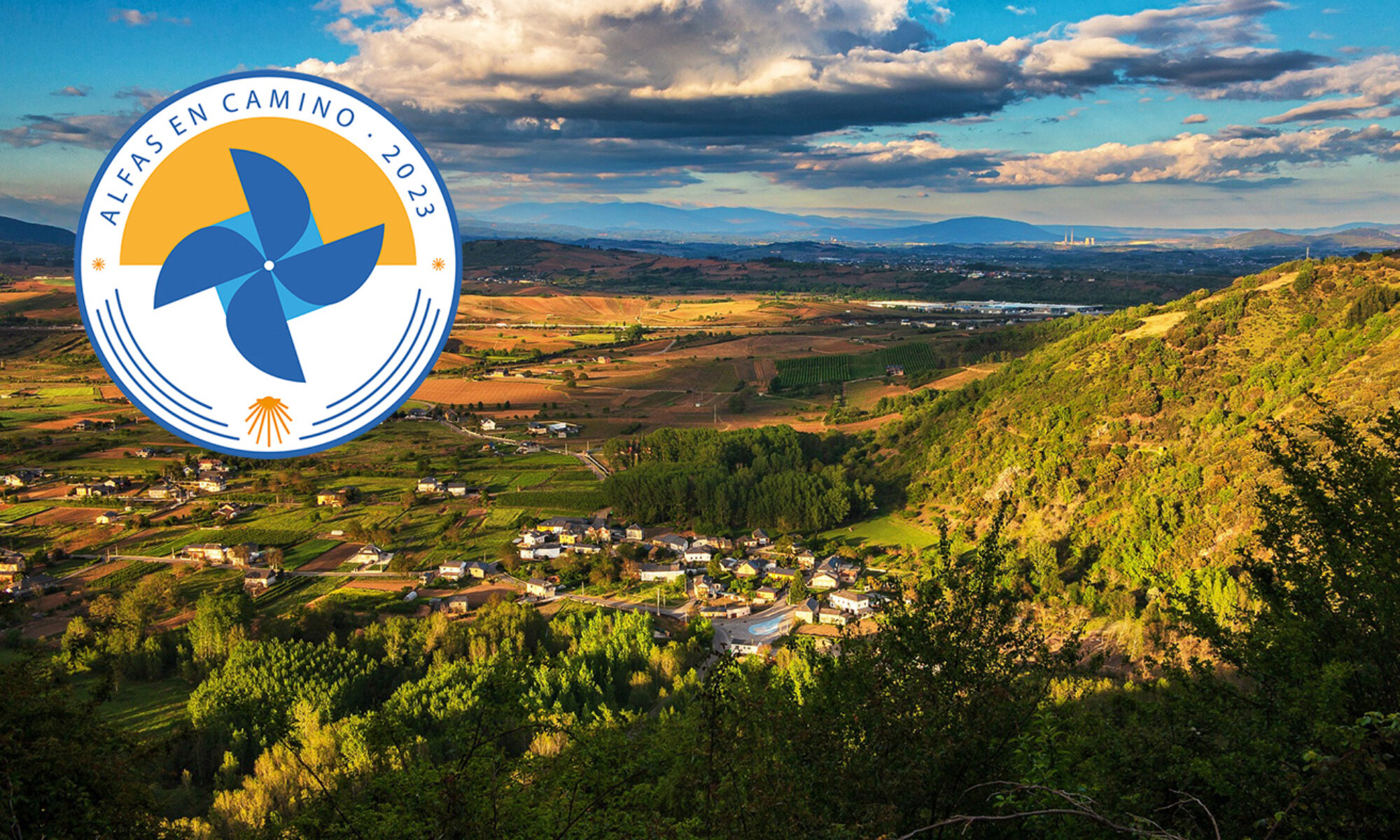STAGE 4, 29 AUGUST: O COUTO-RIBADISO
Total distance: 17,3 kilometres.
GROUP 1: COMPLETE STAGE
Starting point:
09:15 h O Couto (Casa de los Somoza).
Meeting point:
3:30 p.m. Ribadiso (meeting point: River beach esplanade (warning in Guide).
GROUP 2: SECTIONS
– Perform a section of 8.4 km from O Couto to Furelos (junction with the N-547 by Rúa de Furelos).
– Fulfil a section of 6.3 km from Melide centre (Pulpería Ezequiel) to Boente (Church).
– Perform a section of 1.5 km from Lugar da Portela, Castañeda (Casa Garea) to Ribadiso.
Meeting point:
3:30 p.m. Ribadiso (meeting point: Explanada Playa Fluvial).
GROUP 3: SECTIONS
– Perform a 2 km section from the Melide Business Park to Furelos (junction with the N-547 by Rúa de Furelos).
– Fulfil a section of 1.5 km from Melide centre (Pulpería Ezequiel) to the Church of Sta. María de Melide (crossing with CP-4603).
– Perform a section of 1.5 km from Lugar da Portela, Castañeda (Casa Garea) to Ribadiso.
Meeting point:
3:30 p.m. Ribadiso (meeting point: Explanada Playa Fluvial)
In O Couto we leave Lugo and we enter A Coruña. In the stage we will reach the medieval village of Ribadiso, at the gates of Arzúa, one of the best preserved on the Galician route. In addition, it will not be the only one. The day takes us on the remains of a Roman road that crosses the villages of Leboreiro or Furelos, among others in which time seems to have stopped. We must enjoy them because as we get closer to Santiago, although we keep walking through woods and meadows, there will be fewer and fewer medieval towns because the traditional road path has been largely occupied by the N-547.
We are in what geographers call the “Santiago step”, a transition zone between the Lugo plateau and the coastal Galicia. We will notice changes in the landscape. We have definitely left behind the roofs and slate closures and now we will see tiles and granite. There is no longer much livestock in the meadows because many of the herds are housed in larger and more modern farms. And in the forests, we will increasingly identify the eucalyptus, introduced from Oceania as an exotic species around 1860 by Frei Rosendo Salvado, and which the rich initially adopted as an ornamental tree, until it was discovered as a source of wealth for its usefulness for the cellulose production.
Today we also leave behind the lands of A Ulloa, where the Ulla River is born. Later we will be back at its basin through its main tributary, the Sar, which irrigates the lands of Compostela and has inspired some of the most beautiful poems of Rosalía de Castro. The Ulla ends in the Atlantic forming the Ría de Arousa. The Jacobean tradition affirms that the boat of the Apostle ascended from the Atlantic to Padrón on its long journey from Haifa, in Palestine, after his martyrdom. The remains arrived in Galicia brought by his disciples and guided by a star, to be buried in Mount Libredón, in Compostela.
WEDNESDAY, AUGUST 29th. O COUTO – RIBADISO
8:30 a. m. Pick up at hotels: Pazo Brandeso, Pazo Santa María, Hotel Suiza
8:50 a. m. Departure to O Couto (from A Paínza)
9:15 a. m. Start of Stage 4
4:00 p. m. End of Stage. Transfer to hotels. Meeting point: Ribadiso
3: 50 p. m. Arrival in Arzúa. Distribution in hotels
5:45 p. m. Pick up at hotels
6:00 p. m. General Assembly Alfa-1 Association of Spain (associates): Restaurant A Paínza
Visit Pazo A Paínza (optional): non associates
7:30 p. m. Dinner at A Paínza
9:00 p. m. Distribution in hotels
